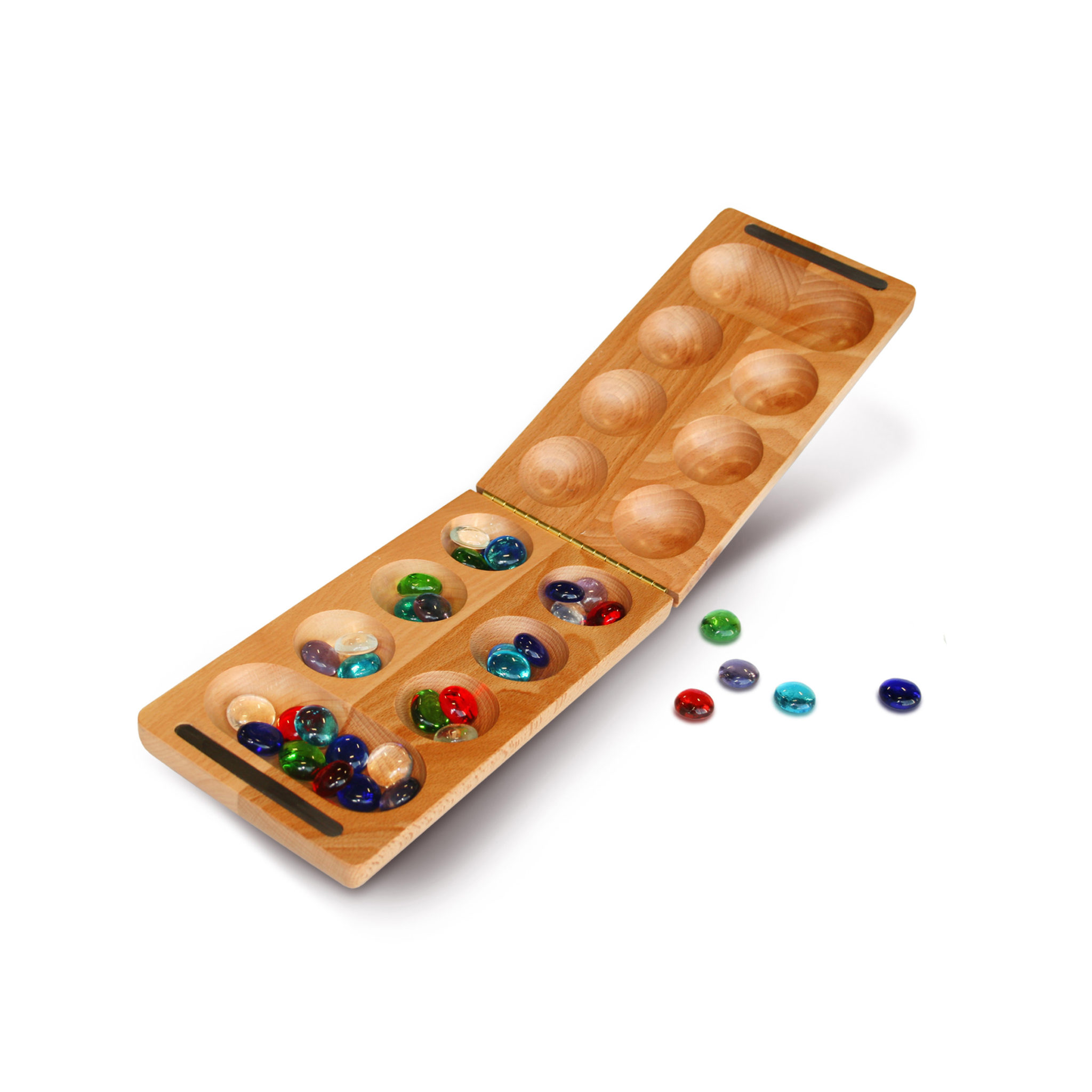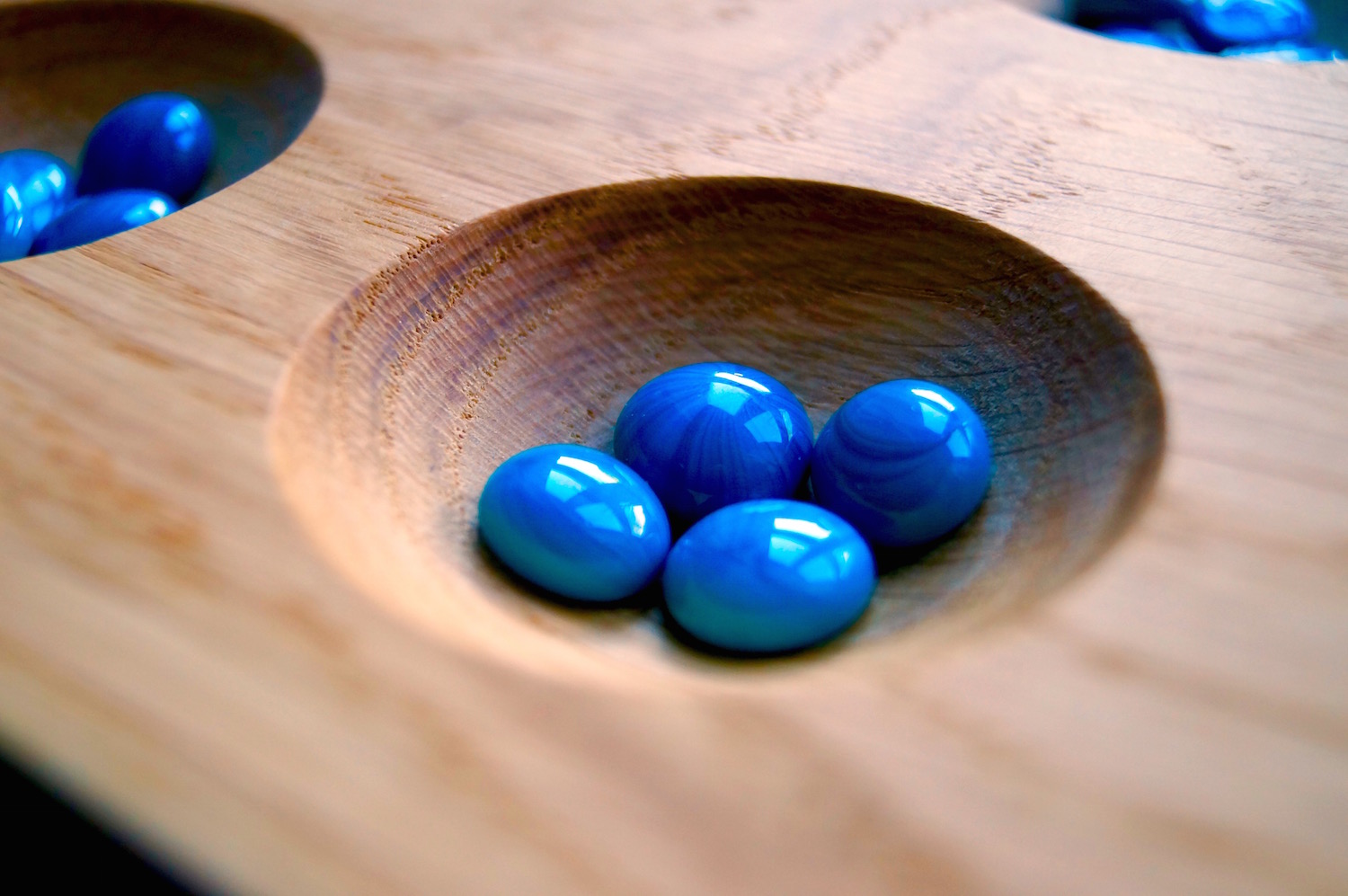

When the player reaches the end of a row, sowing continues in an anti-clockwise direction in the other row. The player then drops a single seed into the next hollow in an anticlockwise direction, a single seed into the hollow after that and so on until the seeds run out. To take a turn, the player first chooses a non-empty hollow from one of the six in the near row and picks up all the seeds contained in it.

The objective is to capture more seeds than the opponent. If the opponent correctly guesses which fist holds the seed, the opponent starts. To decide who goes first, one player holds a seed in a fist. Preparation and ObjectiveĮach of the 12 hollows is filled with four seeds. These are called "stores" - players place their captured stones in the store to their left. On more ornate boards, there are often two extra hollows normally placed centrally at the end of each pair of rows. A typical combination is a wooden board with eight hollows carved in it and 48 small round seeds for pieces. Similarly the pieces might be small stones, marbles, shells or seeds. The materials used are not important - the hollows might be scraped in the ground or in sand, they might be carved in a soapstone board or made from an old egg box. The playing pieces should be hard objects small enough so that 12 or 15 of them will comfortably fit in one hollow. The game of Oware is played on a surface consisting of two rows of six hollows.
Wooden mancala board full#
Instead, they are a full set of instructions for friendly play and include additional comments designed to assist with the understanding of the game. These rules are not intended to be a complete set of standard regulations encompassing all situations that might be encountered in play. The full game of Bao Kiswahili is one of the most complicated of all the Mancala games so for this reason, a beginners version called "Bao La Kujifunza" has been outlined. The fourth game is a version of Bao Kiswahili another very popular game played on a four-rank Mancala board, which is played in Zanzibar, Kenya, Tanzania, Malawi, Zambia and eastern Zaire. We have two versions played on a 2 x 8 board in Kenya - Bao for children and beginners and a version of Bao from Kenya played with 32 pieces. The third game is simply called Bao (although Bao is a generic term referring to a number of Mancala games played in East Africa). Oware Nam Nam is a game played on the same board by children in and around Ghana although it is just as complicated and quite different to Oware. Oware (or variants of it) is the most commonly played Mancala game in international competition. The first game listed here is Oware which is played on a two-rank Mancala board and which is common to West Africa and the Caribbean. Throughout Africa, the West Indies, India and Arabia literally hundreds of variations exist.


 0 kommentar(er)
0 kommentar(er)
